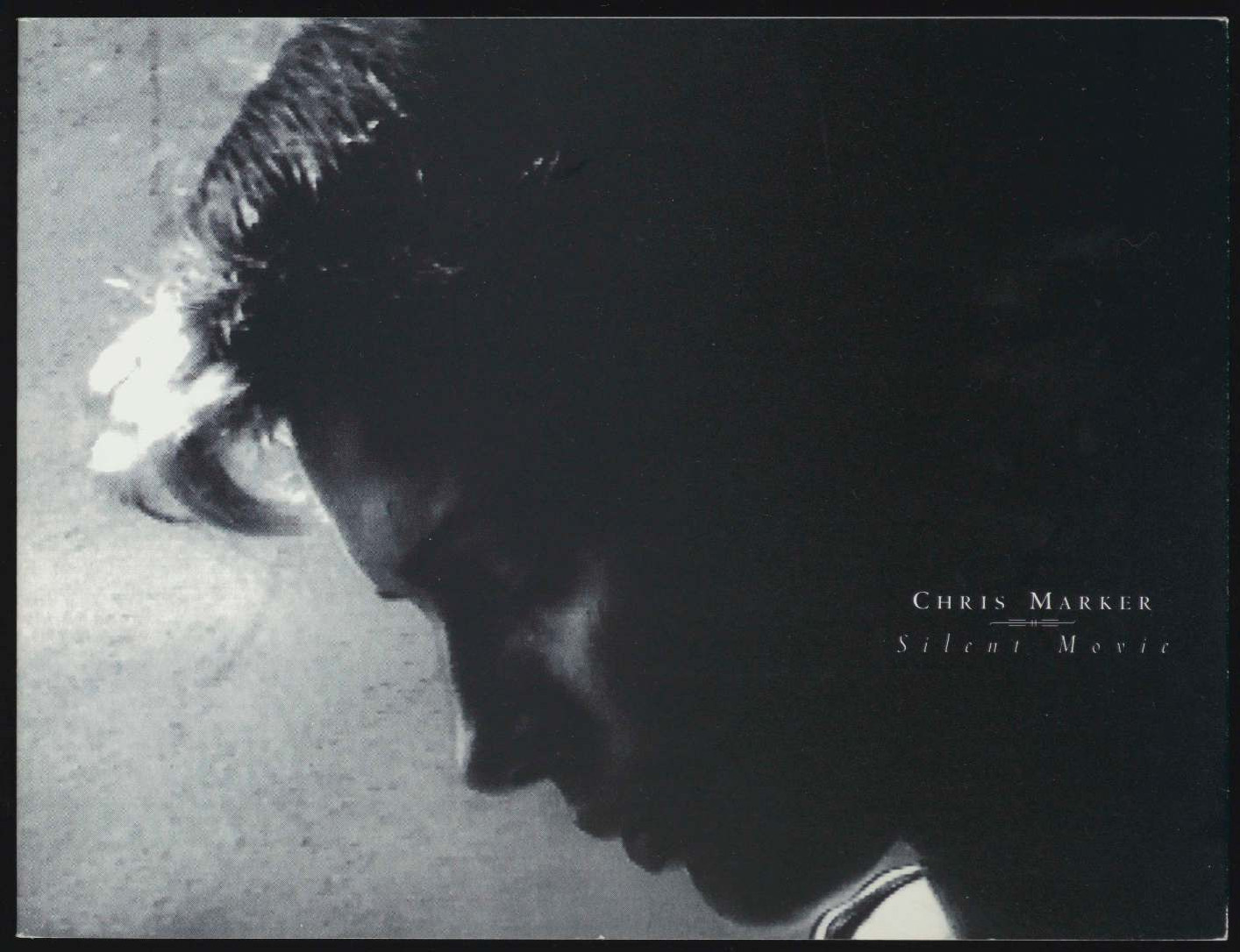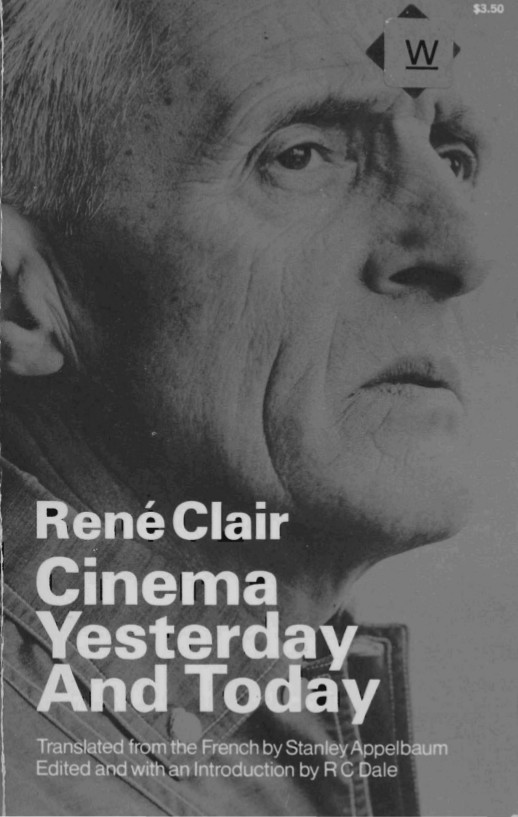Chris Marker: Silent Movie (1995)
Filed under artist publishing, catalogue | Tags: · cinema, film, film history, silent cinema, silent film

In Silent Movie, “Marker employs five-channels of video, each a thematic exploration of early cinema. Film images disclosing ‘The Journey,’ ‘The Face,’ ‘The Gesture,’ and ‘The Waltz’ occupy four of the monitors while on the fifth (and middle) monitor is a collection of ninety-four silent-era intertitles, ‘telling short, mysterious pieces of unknown stories.’ These moving images travel through a computer interface that assembles an ever-changing array of sequences. At any given moment, each passage is in unique juxtaposition with the other images passing across the surrounding monitors. Coloration, tone, and association are governed by chance contiguities; even the intertitles narrate across a field of fluid relationships.” (Source)
“Silent Movie. To give an installation the name of something that never existed is probably less innocent than the average cat may infer. There was never anything like silent cinema, except at the very beginning, or in film libraries, or when the pianist had caught a bad flu. There was at least a pianist, and soon an orchestra, next the Wurlitzer, and what contraptions did they use, in the day of my childhood, to play regularly the same tunes to accompany the same film? I’m probably one of the last earthlings–the ‘last,’ says the cat–to remember what themes came with what films: ‘A Midsummer Night’s Dream’ on Wings (the dogfights), Liszt’s ‘The Preludes’ on Ben Hur. A touch of humour noir here, to think that the saga of the young hebrew prince was adorned by Hitler’s favorite music, which in turn explains why you hear it more often than Wagner on the German war newsreels–but I get carried away. …”–Chris Marker (book page 15)
Edited by Ann Bremner
Publisher Wexner Center for the Arts, Ohio State University, Columbus/OH, 1995
ISBN 1881390101
40 pages
via MoMA
PDF
Video excerpt (8 min)
René Clair: Cinema Yesterday and Today (1970/1972)
Filed under book | Tags: · cinema, film, film criticism, film history, screen, silent film, theatre

This is the first English translation of Rene Clair’s Cinema d’hier, cinema d’aujourd’hui, which, when it appeared in France in 1970, easily won the prize for best film book of the year. In it the master of French film comedy plays with time in much the same way that a film editor might – he combines reviews written during the twenties and thirties with comments made in 1950 and again in 1970, and includes brief notes from other years as well as an imaginary dialogue with himself across time. The result is surprisingly unified. It is Clair’s coherent vision of the cinema as he surveys his entire career and the whole of film history. In the best sense of the term, it is an essay, and one of the very few such works written by a giant in the world of film.
Mixing personal memories with critical perception and aesthetics, he discusses the making of Entr’acte and comments specifically on a large number of European and American films. He recounts his struggle through the birth of the sound film, hailing it for its potential but regretting the loss of a world of dreams.
Clair does not consider cinema in a vacuum but alludes frequently to the works of Rimbaud, Jarry, Shakespeare, Moliere, Racine, De Quincey and a host of others. His own writing is full of intelligence, freedom and elegance. His defense of comedy is striking, and he gives ample play to his own comic sense in the many anecdotes that everywhere enliven the text. Perhaps his love of cinema is best illustrated by his use of three words in describing it–“miracle,” “faith” and “grace.”
Originally published in French as Cinéma d’hier, cinéma d’aujourd’hui, Gallimard, 1970
Translated by Stanley Appelbaum
Edited and with an Introduction by R C Dale
Publisher Dover Publications, 1972
ISBN 0486227758, 9780486227757
260 pages

